Interesting discoveries during restoration at Topkapi Palace
 The Imperial Hall in Topkapi Palace’s Harem, the largest domed room, showcases lavish Ottoman decor with intricate tiles, gilded woodwork, and regal seating areas, Istanbul, Türkiye, Oct. 23, 2024. (Adobe Stock Photo)
The Imperial Hall in Topkapi Palace’s Harem, the largest domed room, showcases lavish Ottoman decor with intricate tiles, gilded woodwork, and regal seating areas, Istanbul, Türkiye, Oct. 23, 2024. (Adobe Stock Photo)
During restoration works conducted in 2018 at the Harem section of Topkapi Palace, experts uncovered intriguing finds beneath the floor tiles of the Agha of the Girls (Kizlar Agasi) room.
These included silver and gold coins, earrings, rings, and various jewelry pieces, as well as amulets, talismans, and letters.
Among the finds was a letter from 1288 A.H. (1871 A.D.), bearing the seal of Cevher Agha, the Chief of the Imperial Harem under Sultan Abdulaziz. The letter’s cryptic content raised questions about its true purpose.
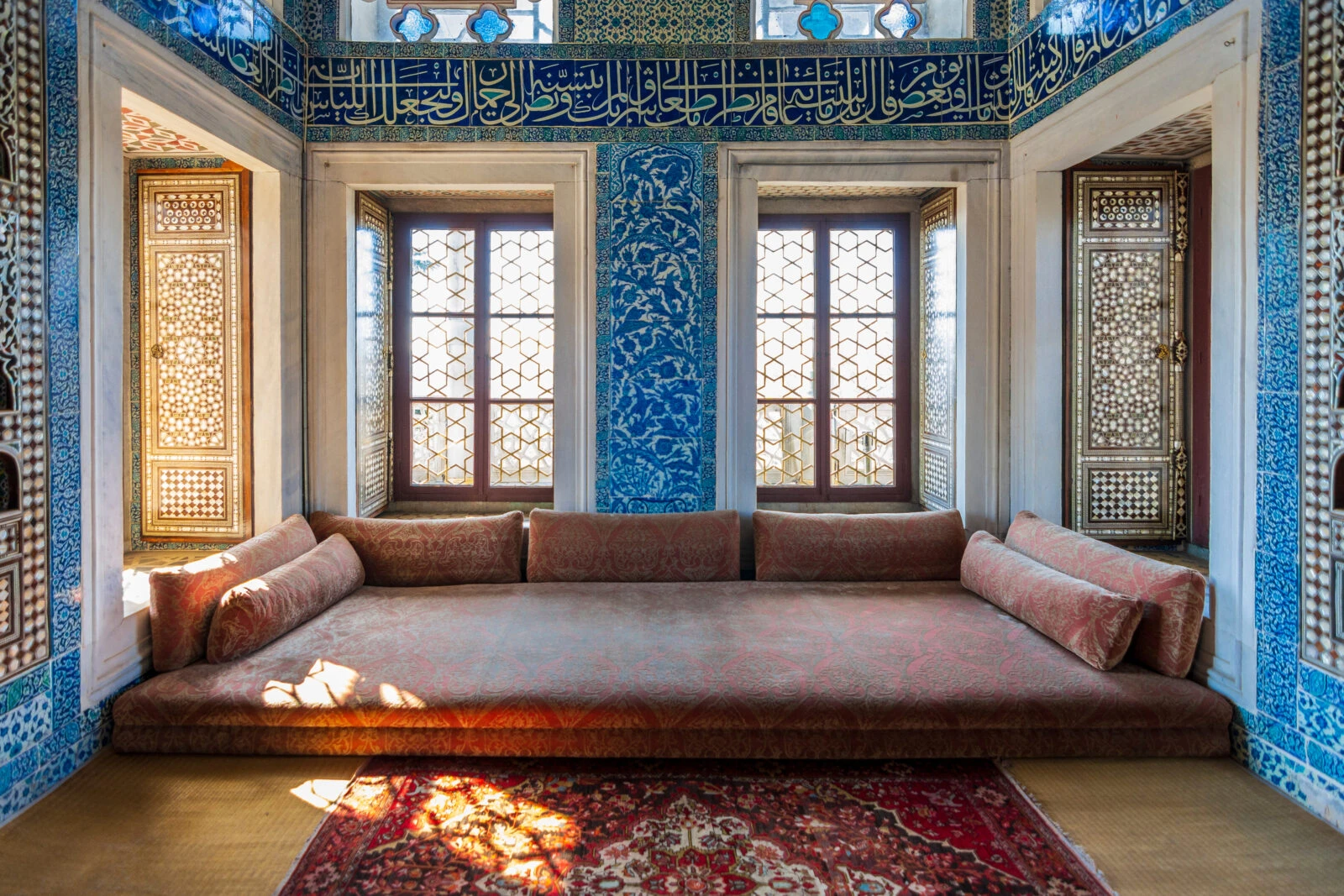
Topkapi Palace’s Harem: A place of mystery
The Harem, where the royal family and the sultans’ families resided, is known as one of the most enigmatic parts of Topkapi Palace. Historical figures such as Hurrem, Kosem, Nurbanu, and Gulfem Hatun, who left a significant mark on history, grew up in the Harem. It also served as a training ground for concubines, princes and wives.
The area continues to captivate the interest of both local and international visitors. The Harem, which once housed up to 1,200 individuals across its 400 rooms, had been under restoration since 2010.
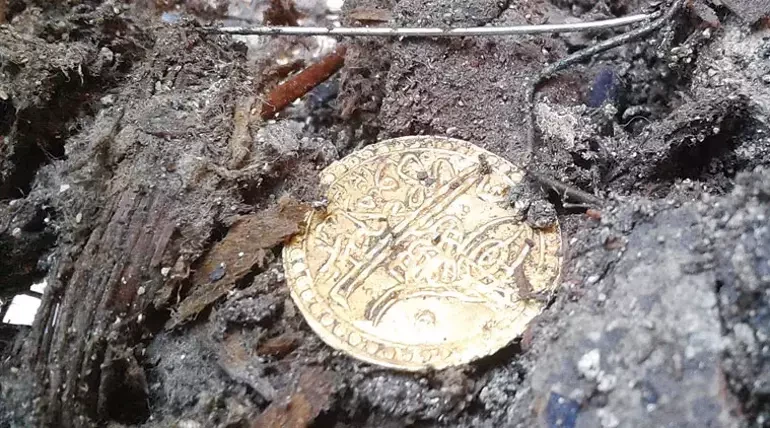
Treasure trove of historical artifacts unearthed
During the restoration, wood flooring was lifted, and worn-out cabinets were repaired.
These actions led to the discovery of over 100 silver and gold coins, including many from the reign of Sultan Mahmud II, as well as daily-use items like scissors, keys, needles, and buttons. Pieces of jewelry, such as rings, earrings, and necklaces, were also found.
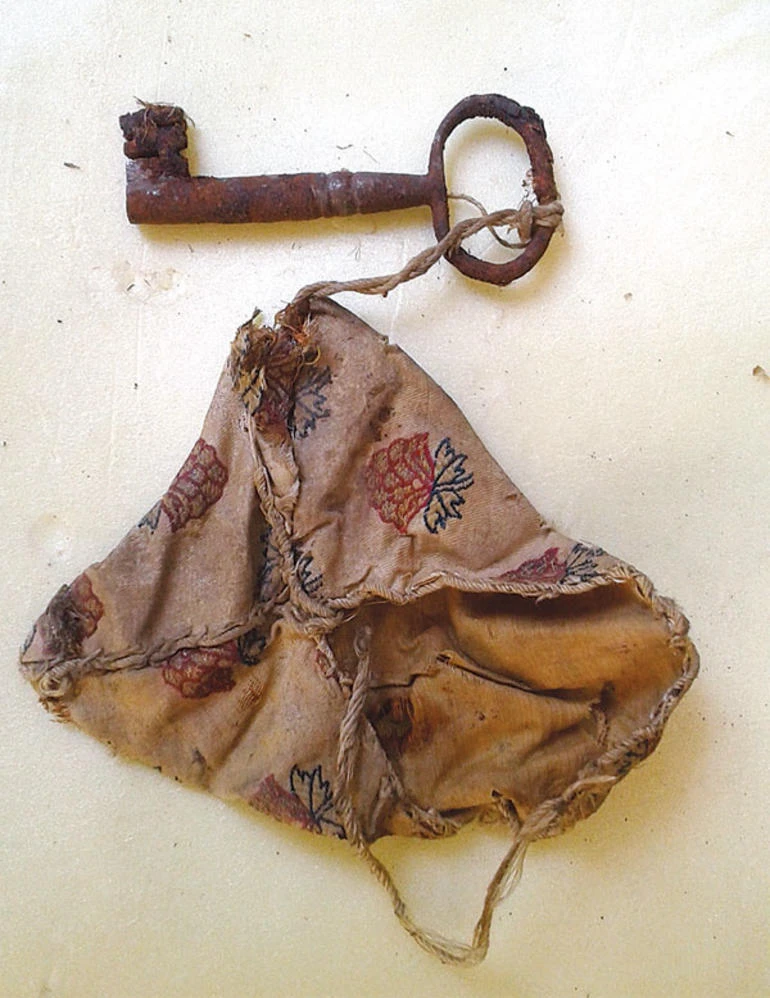
Unveiling secrets: Amulets, talismans and mysterious letters
Among the remarkable finds were several amulets and talismans, as well as fabric remnants, slippers, and embroidered clothing fragments. One particularly interesting find was an amulet that still contained a key and Arabic inscription, though its intended recipient and purpose remain unknown.
Another talisman, wrapped in cotton with a cut nail and a tooth, was found placed above a door, further deepening the mystery surrounding these objects.
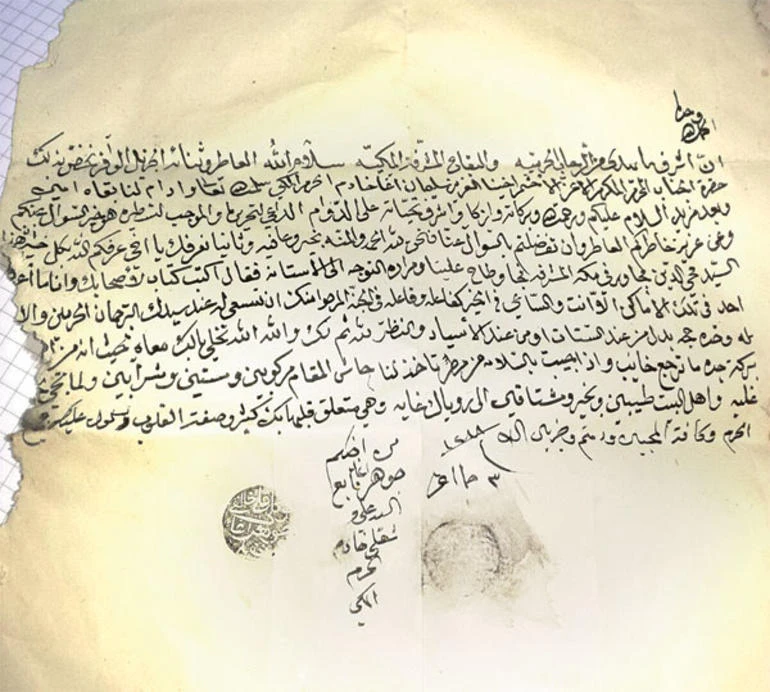
Cevher Agha’s sealed letter: Glimpse into past
One of the most fascinating discoveries was a letter found in the cabinet of the Agha of Girls room, located on the upper floor of the palace. The letter, dated 21 July 1871 (3 Cemazeyilev 1288 in the Islamic calendar), bore the seal of Cevher Agha. Cevher Agha was an important figure in the palace, serving as the chief of the Imperial Harem under Sultan Abdulaziz.
After the Sultan’s deposition, Cevher Agha was dismissed from his position as Darüssaade Agha, the closest advisor to the sultan and his family.
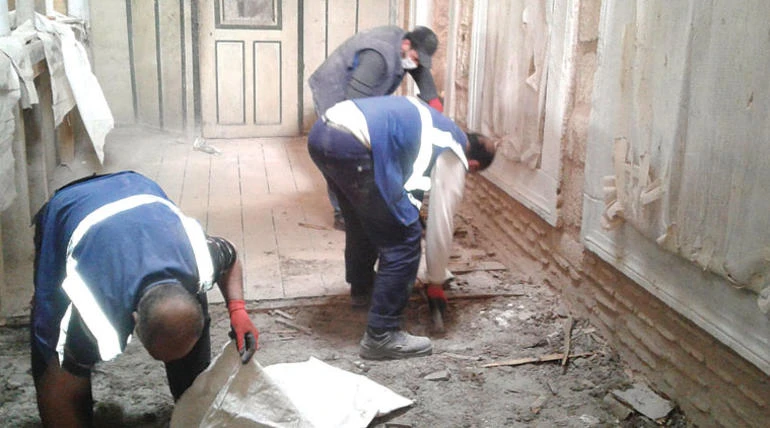
Mysterious, cryptic content of letter
The content of Cevher Agha’s letter remains a mystery. Despite efforts to decode it, including consultations with two universities’ Arabic literature departments and an Arabic-speaking guide, some words remain indecipherable. It is believed the letter might be encoded.
The letter appears to be a simple correspondence inquiring about someone’s health. However, a portion of it mentions a person named Muhittin Hoca who apparently wished to come to Istanbul and a request for help from Suleyman Agha (a figure whose identity is unclear) in obtaining certain documents.
The restoration works at Topkapi Palace’s Harem have unearthed more than just physical artifacts; they have brought to light pieces of history that speak to the enigmatic lives of those who once inhabited the palace.



